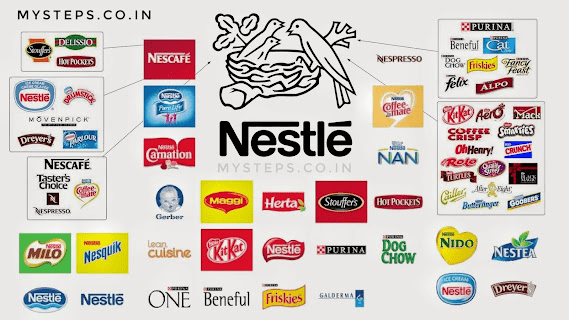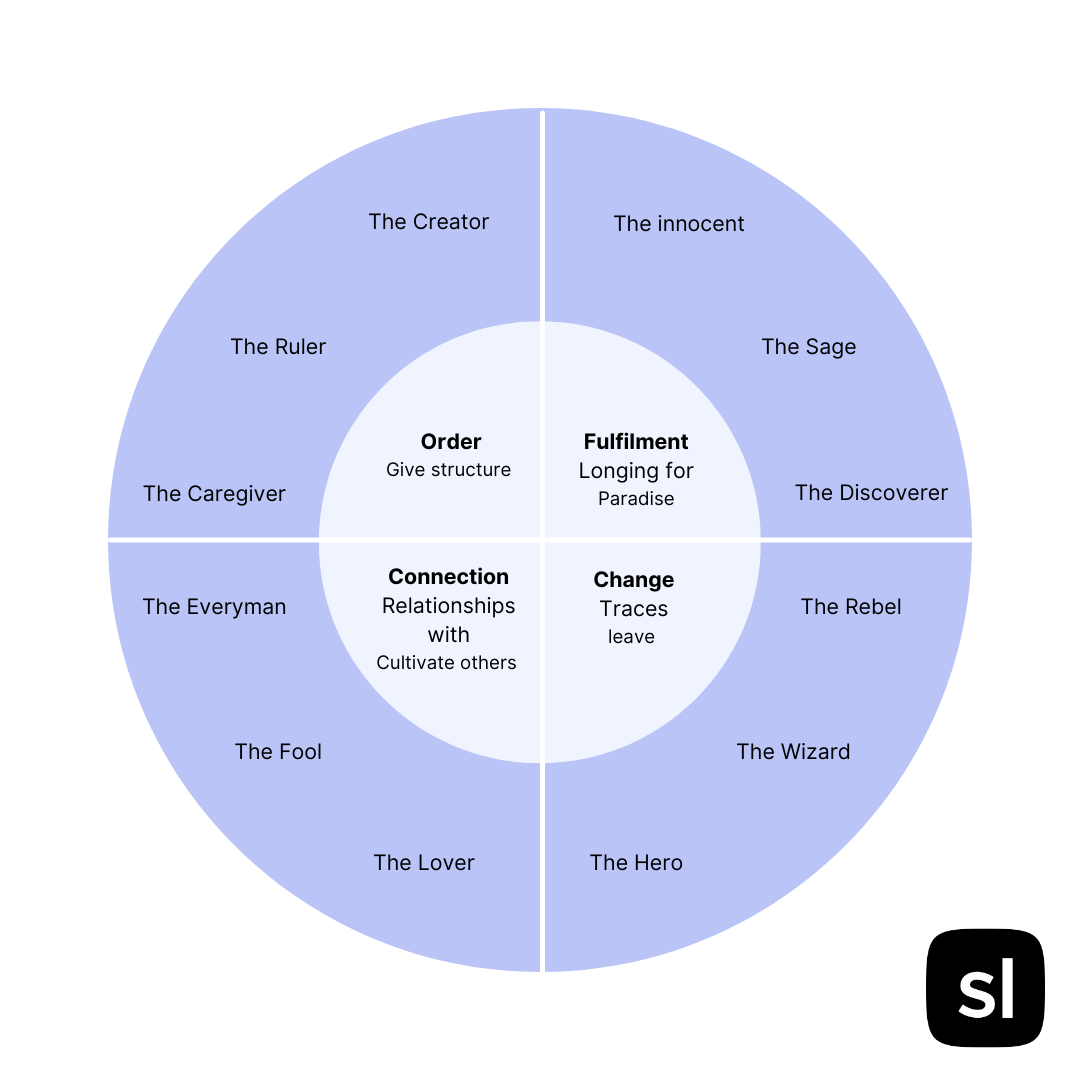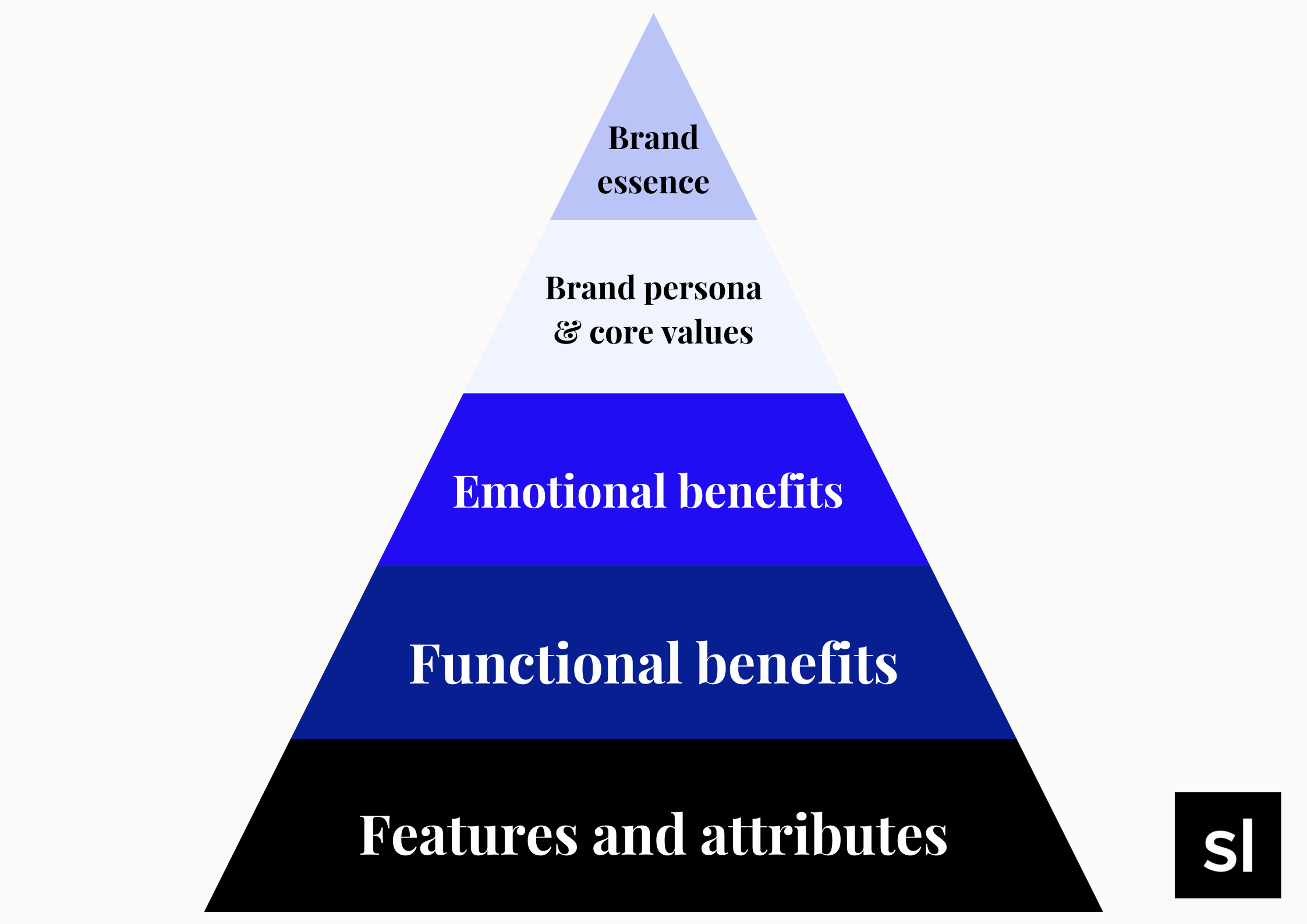
The Ultimate Guide to Branding Models: 4 Strategies That Work
Last update: 19 March 2024 at 02:45 pm
A brand is a name, sign, logo, or any other feature that identifies a particular service. Or at least that’s the simplest explanation you’ll find when searching up the term on Google. Branding Models are here to help you guide on your branding journey.
This definition itself isn’t entirely wrong, but it doesn’t tell the whole story. A brand is much more than just a sign or a slogan. It’s a way of identifying your business. It’s a chain of decisions that demonstrate what your company stands for and what it has to offer.
But building a strong brand goes far beyond offering great products and services. It’s a matter of being consistent and recognisable. It’s about choosing a branding model that helps you create a true representation of your business and how you want it to be perceived by your target audience.
Key Takeaways
- Understanding Branding: A brand is more than a name or logo; it’s a representation of your business’s values and offerings, crucial for recognition and consistency.
- Choosing a Model: Select a branding model based on your product, target market, and industry, ensuring consistency and long-term commitment.
- Top Models:
- Umbrella Branding: Group brands under a parent company for market clarity.
- Brand Key: Analyse internal and external factors to define brand essence and positioning.
- Jung’s Archetypes: Humanize brands using universal behaviour patterns.
- Brand Pyramid: Guide new companies from tangible product aspects to brand essence, clarifying strategy and goals.
- Benefits: Provides structure, insights into customer mindset, and competitive advantage, aiding informed decisions and clear brand guidelines for market success.
How to Choose the Best Branding Model
Choosing the best brand model will vary from company to company. It mainly depends on what product or service you are offering and who is your target market.
One same brand model can be successfully employed by very different organisations, but the key to success relies on being able to understand your industry, product, and target audience.
Another thing to keep in mind is that once you make up your mind on what brand model you want to follow, you must stick to it. This is a long-term effort. While you might start seeing results very fast, the truth is a brand can’t be built in a blink of an eye. It takes time and effort to make it recognisable and memorable.
Keep on reading and learn about 4 of the best brand models you should consider. All of them are praised in the modern corporate world. It’s all about finding out what works best for your organisation.
4 Branding Models for Your Company to Follow
For years marketers have developed branding models to help them focus on the tasks that need to happen in order to achieve success with their marketing efforts. As technology has changed our lives, even the way we buy, some of them are no longer valid, while others may come in very handy.
At Sortlist we believe that these 4 will strengthen your branding efforts and help you achieve your brand’s set of marketing goals:
Umbrella Brand Strategy
Umbrella branding is used to describe a company’s individual brands in specific product groups. It is important to note that a company is not necessarily synonymous with an umbrella brand. And that same organisation can have several umbrella brand strategies. In fact, many corporations going through a merger, acquisition or organic growth often decide to have a mix of art and categories, instead of going through the troubles of a rebranding process.
The greatest advantage of umbrella branding is that it makes it easier for the customer to classify the product on the market. As for the conglomerate, it eases the process of adding new products to the catalog. The conglomerate can introduce novel products and brands while creating brand logos that set them apart from its existing lineup.
But, before deciding to undertake this branding strategy, you should start with a solid brand pyramid structure that helps you determine whether or not it is worth investing in this expansion.
Let’s just think about the Nestlé food group as an example. There are numerous umbrella brands under the umbrella (or parent company) of the French corporation. In addition to sub-brands with a clearly defined product, such as Nespresso or Häagen-Dazs, you can find umbrella brands such as Maggi or Felix (pet food).

No one would think of sending Maggi and Felix into the race with the same advertising messages. And still, they are both parts of the same corporation.
Developing your umbrella brand model is not an easy task. You need to make sure that:
- Your brand always stays true to itself,
- Is distinguishable,
- Transfers the positive attributes of the parent brand to any new product added to the catalog.
In other words, your goal is to make a large number of brands identifiable as a whole.
Brand Key
Presenting your organisation, especially when it has a large number of products, as a unified brand can be a challenge. The brand key model helps you analyse your company inside and out so you can determine which areas require more of your attention in order to develop a more effective strategy.

The main benefit of working with this model is that it helps you:
- Define how each brand adds value to your business,
- Understand what is your current brand positioning,
- Select digital channels to increase brand resonance with your target customers,
- Know what you need to do to meet the intent of your potential customers.
A brand key model operates in 9 stages. It starts by making you define your brand essence, the benefits for your clients, the values your brand represents, the reasons why people should believe in your brand promises, and the unique selling proposition.
In other words, the brand key model helps you understand your own brand.
Then, it will make you take an in-depth look at your competitive environment. What other alternatives people can find in the market? Who is your target buyer? What do you know about them? What are the values and advantages on which the brand is based?
The brand key is a tool to break down your company, your customers, and your competitor brands.
Only through a deep understanding of all categories can you find the right position of the brand.
Jung’s 12 Archetypes
Swiss psychiatrist and psychoanalyst Carl Gustav Jung developed the 12-character archetypes to explain the universal patterns of behaviour that we all understand. Just by reading what they all mean you will recognise yourself and your loved ones.

They are:
- The creator: focuses above all on innovation.
- The ruler: sets the tone and shows the path to be followed.
- The caregiver: cares more about others than himself.
- The everyman: reserved and modest personality traits.
- The fool: knows how to entertain.
- The lover: passionate enthusiast with true romantic behavior.
- The hero: strives for power and honor.
- The wizard: a visionary and idealist.
- The rebel: goes against established norms and conventions.
- The discoverer: always open to new things.
- The wise man: inquisitive and intelligent.
- The innocent: sees the good in everything.
But the truth is that these archetypes go far beyond the human psyche. In fact, nowadays they are used to describe the way we connect with some brands and tend to avoid others. The reasons why we have an affinity with one brand over the other.
Just by reading a short description of each archetype, you can relate to a brand. For example:
- Hero brands are Adidas and Nike. Both of them talk about courage and determination. They take pride in skills attained through hard work.
- Discoverer brands are National Geographic and The North Face. They are always pushing themselves outside of their comfort zone. They share a message of bravery and adventure.
- Creator brands are Apple and YouTube. They are always looking to create new things and share them with everyone. Their messaging inspires everyone to express themselves.
- Ruler brands are Channel and Mercedes Benz. They communicate superiority and control. Brands like this believe in the satisfaction of being successful in every aspect of life.
The fact that you define the position of your brand, and its personality traits, will make it easier to naturally resonate with your target audience. It will help you shape the tonality and attitude of your own brand communication and create enduring connections with your customers.
Working with the 12 archetypes is more than just picking a couple of traits. It’s about forming personalities with a way of thinking, an opinion, and firm beliefs. It’s about humanizing your brand in a way that makes it easier for others to relate to it.
Brand Pyramid
This model comes in handy for new companies trying to enter the market for the first time. It’s designed to help you understand what are the company’s core values and benefits. As a result, it defines the brand idea.

Basically, the brand pyramid will guide you from the most tangible aspects of the brand to its essence. It consists of five tiers:
- Features and attributes: what the product does and how does it do it?
- Functional benefits: why your customers should use your product and what’s the expected outcome?
- Emotional benefits: how do your products make your customer feel?
- Brand persona and core values: who is your ideal buyer and what are the most important values to this person?
- Brand essence: what are the most important characteristics of your brand, those that evoke an emotional response in your customers?
The primary benefit of working with this model is that it gives clarity to the very essence of the brand. In other words, it helps businesses understand their goals and purposes better, and as a result, clarifies the company’s brand strategy.
Why It’s Important to Have a Solid Brand Model
A solid brand model provides structure to all your branding efforts. But its benefits don’t stop there:
- Working with a brand model helps you understand your customer’s mindset towards your organisation and products.
- It provides you with information about what needs to happen in order to reach your business goals.
- And it gives you an advantage over all your competitors, especially in front of those who are not working with a branding model.
In other words, a brand model will make you examine in depth your brand, industry, competitors, and target audience. All this information will be the starting point for making better-informed decisions. Creating strategies to win more market share. Solving challenges that will come along the way. And helping you create a clear set of guidelines on how the brand will be presented to the public.
|
Discover the most relevant agencies for your project based on your own specific requirements.
Find an agency!Conclusion
Brand identity is just one small step towards developing a strong brand. To do so, there are different branding models that can help you. Choosing the right one depends on what industry your company operates in, the products and/or services that you offer, and who your target audience is
Take your time to study each one of these branding models. It’s OK to ask for help. There are different branding agencies ready to help you understand which strategy works best based on your needs. Plus, they will help you develop and implement a marketing plan that’s relevant to your customer’s emotions and desires.





